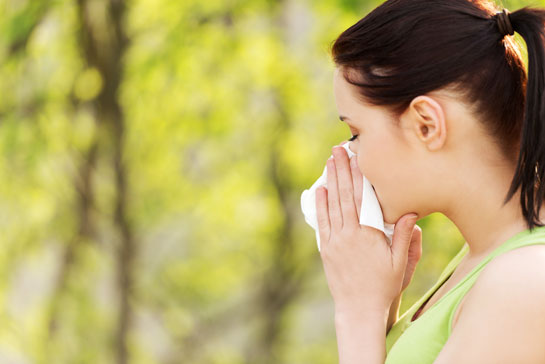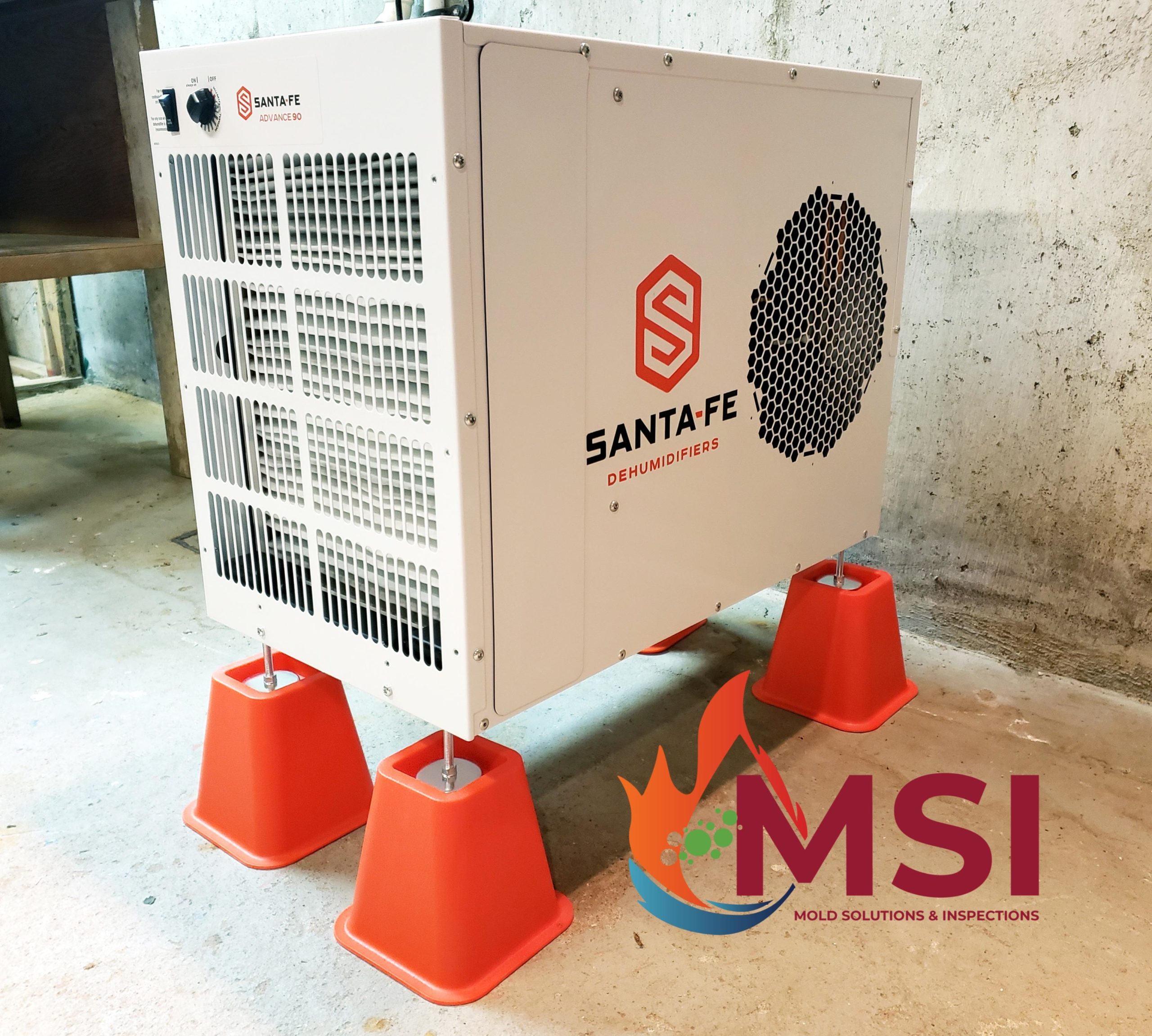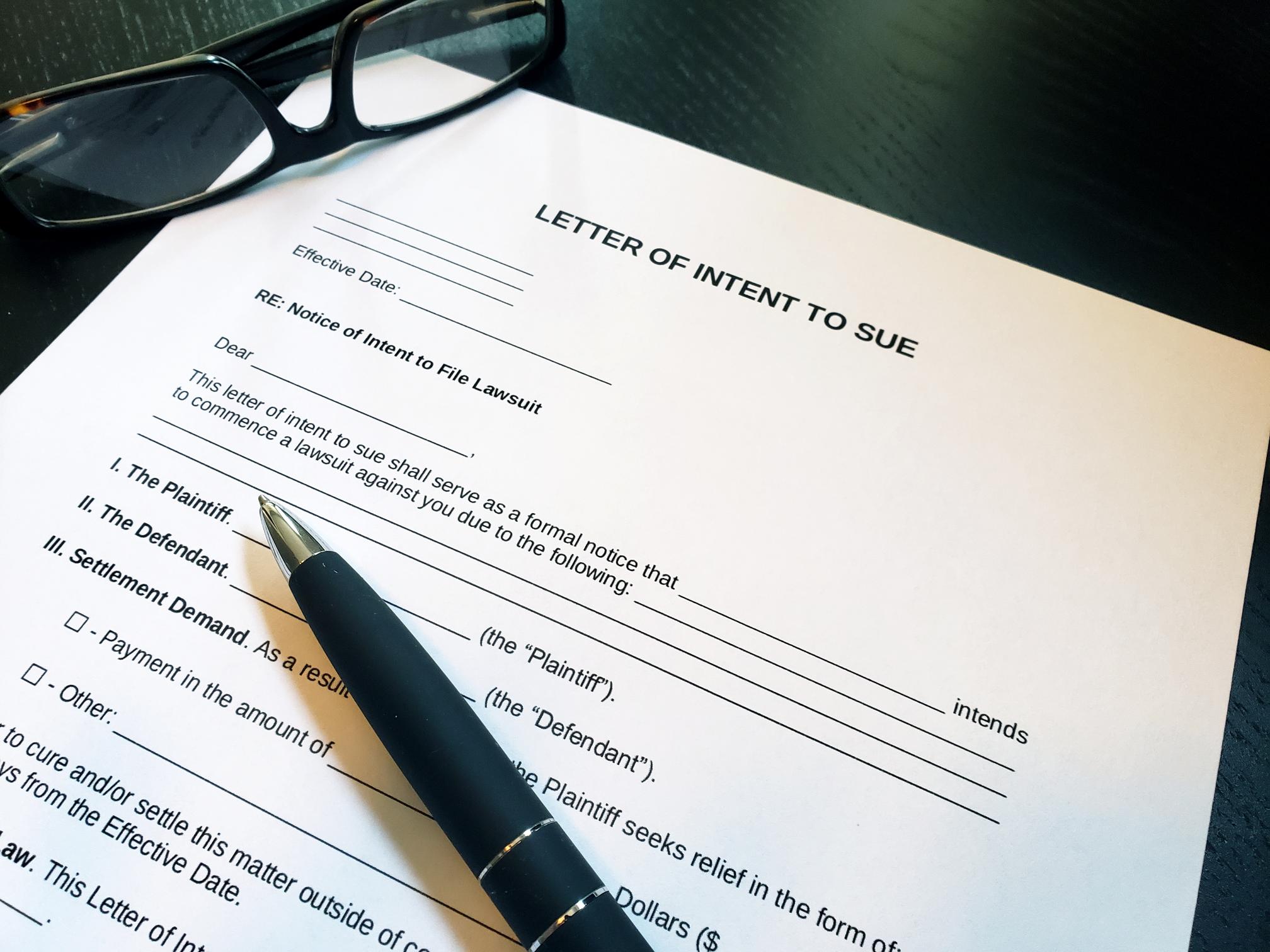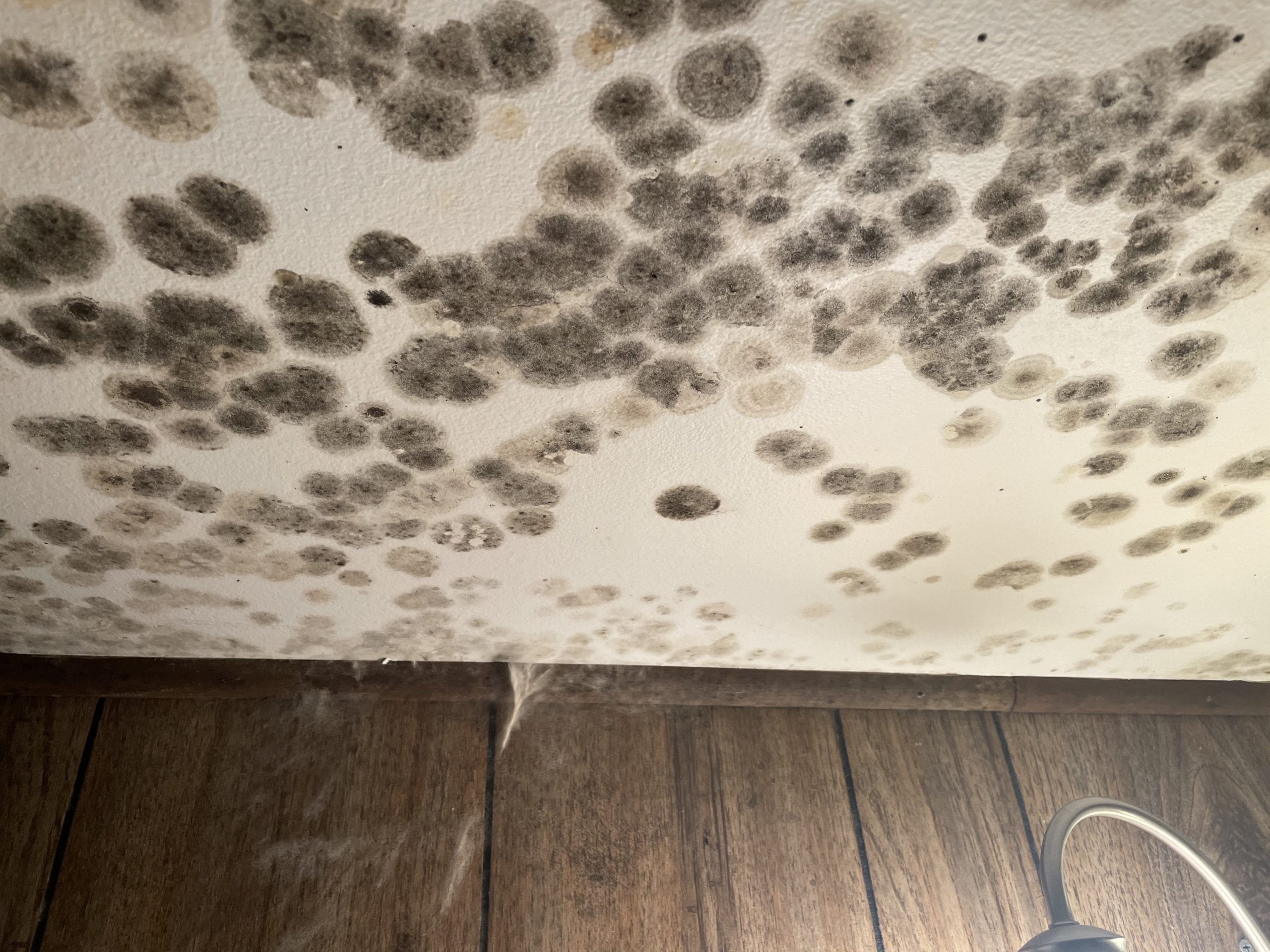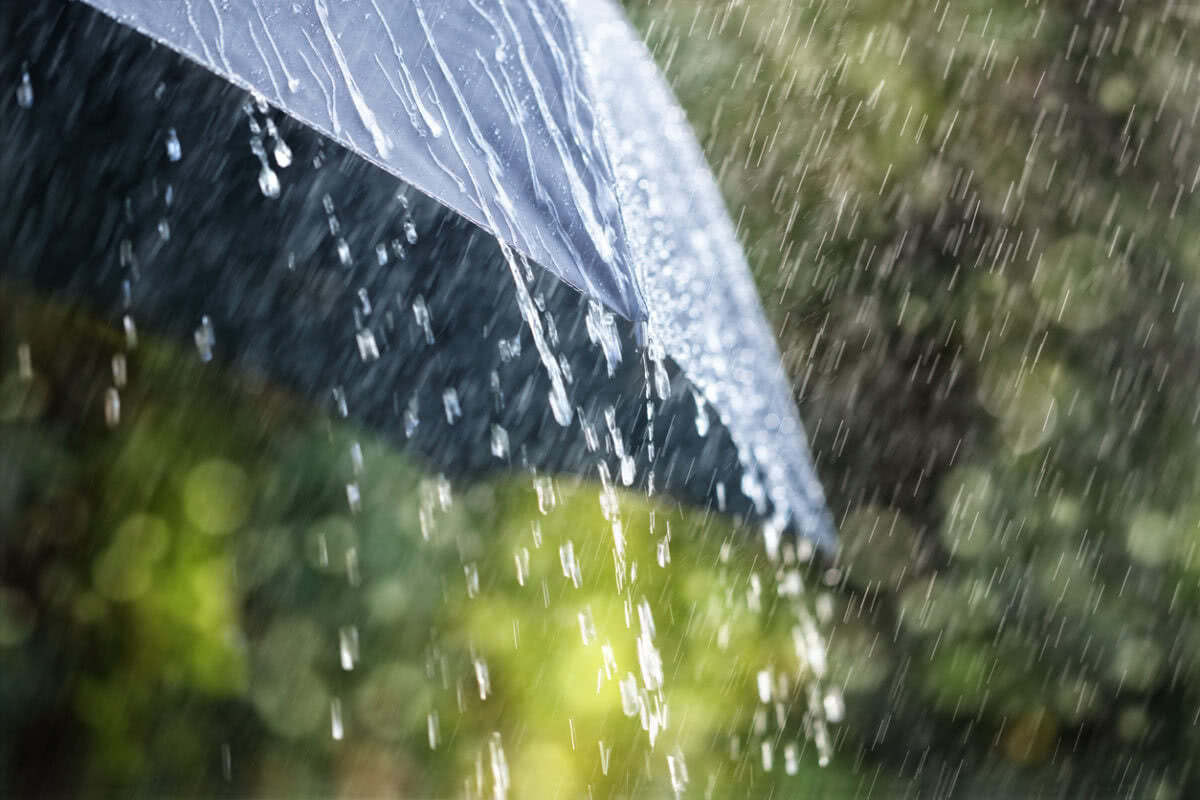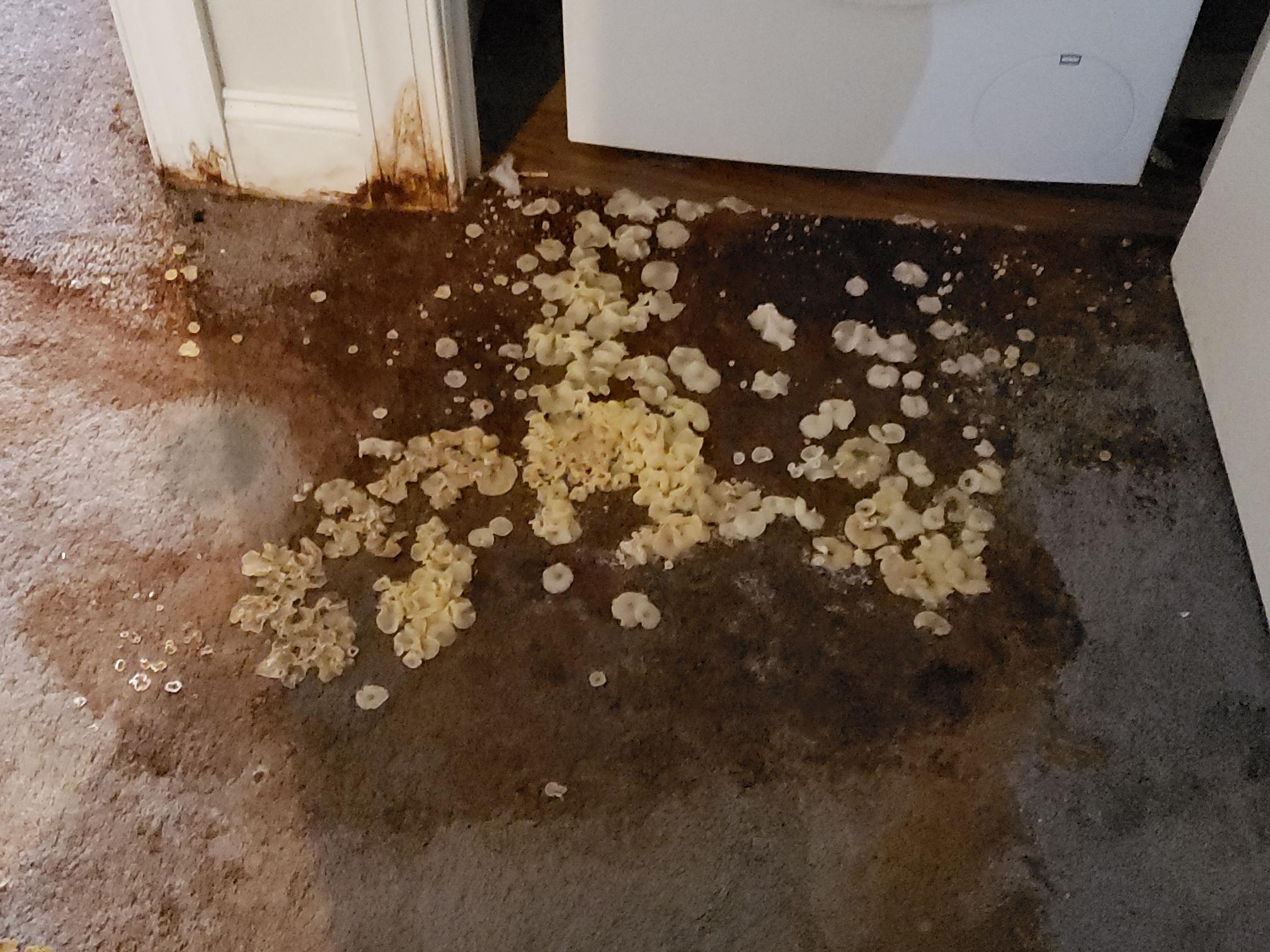If you’re allergic to mold, it can be challenging to be outside or in certain types of settings. Mold thrives in so many places, indoors and out. But you can take steps to limit your exposure. Pay attention to outdoor spore levels. When they’re high, don’t spend as much time outside. The National Allergy Bureau sends out email alerts to help you keep track. But there are a few easy tips you could follow to help reduce the risk of having mold trigger your allergies.
- Mold is more likely to be in certain types of stores and businesses. Examples include greenhouses, farms, flower shops, construction sites, and antique shops. Before you go in, take your allergy medication or bring a mask such as an N95.
- Uncut fields and piles of damp leaves are prime places for mold. Stay away if you can. If you need to mow the lawn, dig up plants, or rake leaves, wear a mask. When you come back inside, take a shower to wash away any mold spores that hitched a ride on your skin and hair, and keep the clothes separated as well. It may sound like a pain, but mold spores can also attach to clothing.
- Make your home less mold-friendly. The key is to control the amount of moisture in the air. Dehumidifiers and air conditioners will help. The humidity needs to be below 60%. Between 40% and 50% is key to avoiding mold to grow especially on paper products such as drywall and boxes. You can buy an inexpensive hygrometer to measure your home’s humidity at most hardware stores.
- Mold can thrive in warm, damp bathrooms and humid kitchens. A clean surface isn’t a breeding ground, but those with a little soap scum or grease are. An exhaust fan or open window in the bathroom will help cut down on humidity. In the kitchen, keep an eye out for mold in refrigerator drip pans, door seals, and garbage pails and under sinks.
- Check your basement. High levels of humidity or moisture are breeding grounds for mold, which will result in costly mold remediation. Having a dehumidifier to control the humidity and ensuring your basement is dry and free from unnecessary clutter will minimize your chances of mold in your basement.
- Clean regularly. Allowing water to sit in crevices or on certain surfaces can cause mold, as well as allowing a small mold issue to fester only to become a bigger problem later. If you have wet or moldy drywall, call a professional as that will have to removed properly.
- An air-conditioning unit with a high-efficiency particulate air (HEPA) filter attachment will trap outdoor mold spores and keep them out of your house. It’s also important to keep AC drip pans and drain lines clean so that mold can’t grow in them. Make sure your dryer vents are clear as well.
- Take immediate action. If you have a leak or a flooding issue, the faster you work to mitigate the damage, the less chance mold has to grow. If your basement should flood, call in a water damage restoration company to pump the water, disinfect and dry out the structure.
- Do everything you can to keep your home’s foundation dry. Rake dead leaves from around the base of your home. You might also want to clear out thicker shrubs and plants from that area. Make sure rainwater drains away quickly from your house. These steps are extra-important if you live in a shady spot, since a lack of sun means it takes longer for water to dry out.
- Have your home tested. Getting a mold inspection can let you know if you have an issue on the interior of your home, so that then mold remediation can be conducted if an underlying problem does exist.

